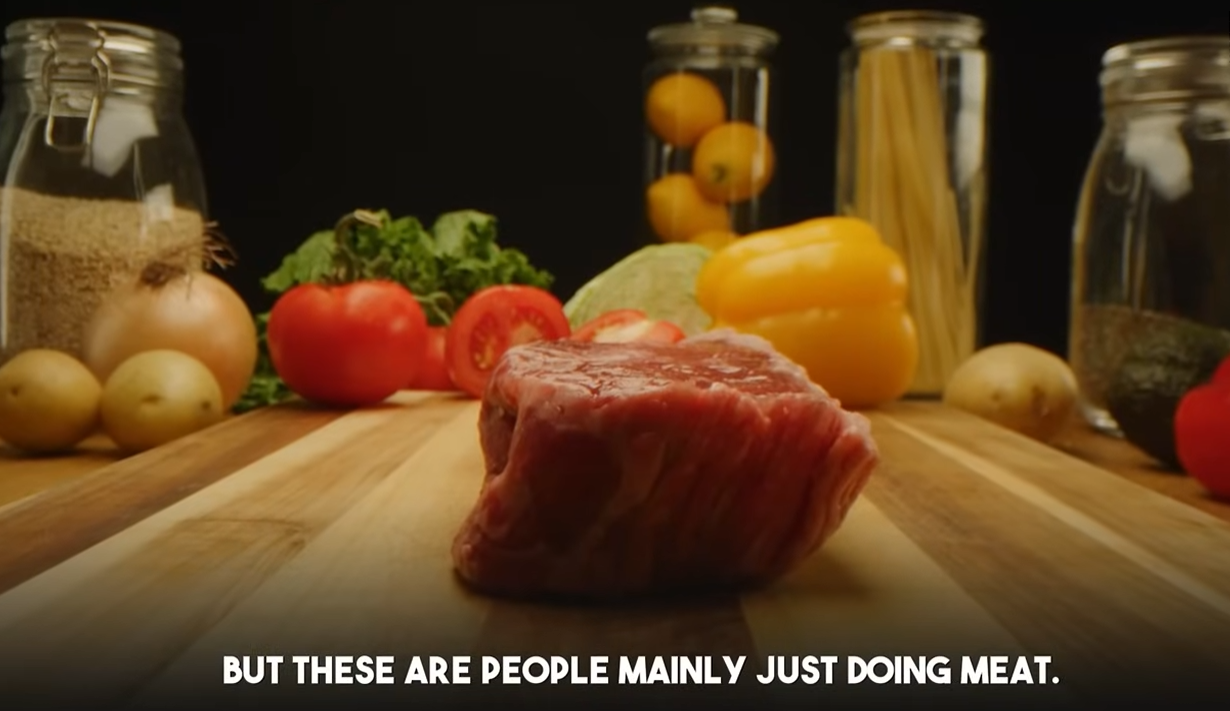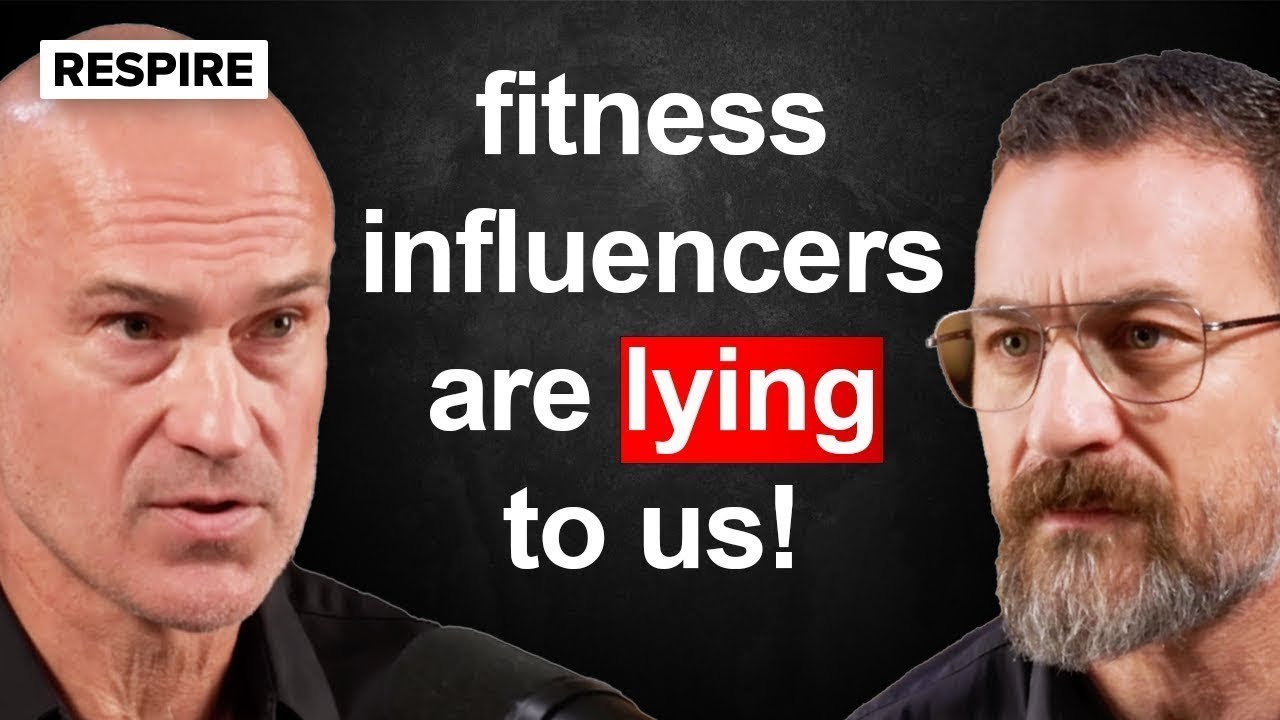In recent years, the carnivore diet has sparked both controversy and curiosity among health-conscious individuals and fitness enthusiasts. At its core, this eating pattern emphasizes the exclusive or near-exclusive consumption of animal-based foods—primarily meat—with the exclusion of carbohydrates, plant-based foods, and processed sugars. But what’s behind the increasing popularity of this diet, and why do so many high-performing individuals—from elite athletes to shift workers—swear by it?
In this article, we’ll dive deep into the science of satiety, energy balance, and nutrient sensing, exploring how a meat-based diet may offer unique benefits for weight loss, mental clarity, and consistent energy. We’ll also discuss its limitations, real-world applications, and practical nutrition strategies that work for a wide range of lifestyles.

Why Protein and Fat Curb Cravings More Effectively Than Carbs
One of the most commonly reported benefits of the carnivore diet is a dramatic reduction in appetite. Many who follow this approach notice they naturally eat fewer calories—not because they’re restricting themselves, but because they simply feel satisfied.
What’s happening here?
Research shows that high-protein diets promote satiety more effectively than high-carbohydrate diets. When you eat a steak, for example, your gut senses a rich intake of amino acids and fatty acids, which triggers signaling to the brain’s dopamine centers via the gut-brain axis. This feedback loop essentially tells your body, “I’m nourished, I don’t need more.”
By contrast, refined carbohydrates—think pasta, bread, or sugary desserts—stimulate dopamine without providing lasting satiety. They spike your blood sugar and often lead to a cycle of overconsumption and cravings. This explains why it’s easy to overeat when fries or mashed potatoes are on the table, but not so much when it’s just ribeye.
The Gut-Brain Axis: A Hidden Driver of Your Appetite
Beyond hormones like ghrelin and leptin, your digestive system plays a crucial role in hunger regulation. The neurons in your gut, often called the “second brain,” are nutrient-sensitive. They actively look for key macronutrients—especially amino acids, fats, and sugars.
When these gut sensors detect sufficient levels of protein and fat, they help shut down further food-seeking behavior. But if sugar enters the equation (say, via dessert or sweetened sauces), the same neurons send a signal for more, triggering a reward-seeking loop.
This is not just a blood sugar response—it’s evolutionary biology at work. Our ancestors foraged for nutrient-dense foods, especially those rich in calories and rare resources like sugar. Today, this built-in mechanism can work against us in an environment full of hyper-palatable processed foods.
Carnivore and Energy: Lightness, Clarity, and Consistency

Many carnivore dieters report feeling “lighter,” more mentally clear, and less bloated. The reason? When you eliminate carbohydrates, your body holds less water (glycogen binds to water molecules), and you avoid common gut irritants found in grains, legumes, and certain vegetables.
For individuals who engage in low-to-moderate intensity workouts, this shift can enhance physical performance. You avoid the post-meal fatigue often associated with pasta or heavy carb-based dishes and feel ready to move, train, or think clearly.
However, there’s a trade-off…
When Carnivore Falls Short: Strength Training and Glycogen Depletion
While the strict carnivore diet may work well for those with sedentary jobs or low-intensity exercise routines, high-intensity training—especially resistance training or endurance sports—requires a different strategy.
Glycogen, the body’s stored form of carbohydrates, is the primary fuel source during intense workouts. Without adequate carbs, many athletes report struggling with energy output, strength, and recovery.
That’s why some individuals, like those who follow a “modified carnivore” approach, reintroduce small amounts of rice, sweet potatoes, or fruits strategically around their training sessions.
The Problem with “Carnivore Plus” Diets: Fruit, Cheese, and Honey Overload
Popular influencers have promoted versions of the carnivore diet that include raw dairy, fruit, and honey. While these foods are technically “natural,” they can quickly drive up calorie intake and trigger cravings—especially in people prone to overeating.
One reason is that these additions reintroduce simple sugars and fast-digesting carbs, which awaken the same neural hunger pathways that pure meat suppresses. Instead of feeling satisfied after a steak, you may find yourself raiding the fridge for more cheese and honey minutes later.
Bottom line: Even “healthy” carb sources can undermine appetite regulation in some individuals, especially if not portioned carefully.
Are Grains Like Rice and Oatmeal Bad?
Not necessarily. Whole-food carbohydrates like rice and oatmeal have long been dietary staples for athletes and health enthusiasts. In moderation, they can support energy needs, improve sleep, and aid recovery. However, quality and timing matter.
Issues like glyphosate contamination (in conventional oats) or sensitivity to grains may lead some people to avoid them altogether. If you feel sluggish, bloated, or mentally foggy after eating these foods, your body may be telling you something.
Opting for organic oats, properly cooked rice, or fermented sourdough (if reintroducing carbs) may offer a middle ground between the extremes.
Carnivore and NEAT: The Energy of a Meat-Fueled Lifestyle
There’s also a fascinating relationship between low-carb diets and non-exercise activity thermogenesis (NEAT)—the spontaneous movement and energy you expend outside formal workouts. Think fidgeting, walking, standing, or even talking energetically.
People on carnivore diets often report naturally moving more. This may be due to higher levels of adrenaline and norepinephrine, which are elevated during carbohydrate restriction and intermittent fasting. This constant low-level alertness encourages physical activity, which further enhances fat loss.

Who Thrives on a Carnivore Diet?
The carnivore diet may be especially well-suited to:
- Sedentary professionals who need appetite control without counting calories
- Shift workers, such as police officers and firefighters, who experience metabolic disruption from erratic sleep schedules
- People with autoimmune or digestive issues, who benefit from food elimination and simplified nutrient intake
- Aging athletes or strength-focused individuals, who prioritize lean mass and recovery with minimal bloating
Examples like Dr. Shawn Baker—a 56-year-old world record-holding rower who eats only steak—demonstrate that muscle, strength, and performance are possible on meat alone.
Final Thoughts: Build a Diet That Works for Your Physiology
The key takeaway isn’t that everyone should go fully carnivore—but rather that high-quality protein and fat should form the foundation of any well-designed diet. Carbohydrates can then be layered on strategically, based on your goals, activity level, and personal tolerance.
If you feel great on steak and eggs for breakfast, keep doing that. If rice or oatmeal helps you train harder and sleep better, use those tools wisely. Nutrition is both science and self-awareness.
Expert Tip: Meal Plan for Balanced Carnivore Living

Here’s a sample high-protein, low-carb daily plan:
- Breakfast: Ribeye steak with pasture-raised eggs, black coffee
- Lunch: Grilled lamb chops with bone broth and ghee
- Dinner: Salmon with clarified butter and optional side of steamed zucchini
- Optional: Post-workout white rice or baked sweet potato (for athletes)
Take the Next Step
Every body is different. Want to explore whether a carnivore or high-protein diet fits your lifestyle and health goals? Check out our nutrition coaching programs, explore related articles, or book a consultation to receive a personalized meal strategy grounded in science—and built for your real life.



